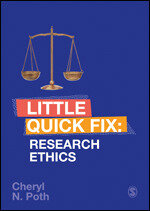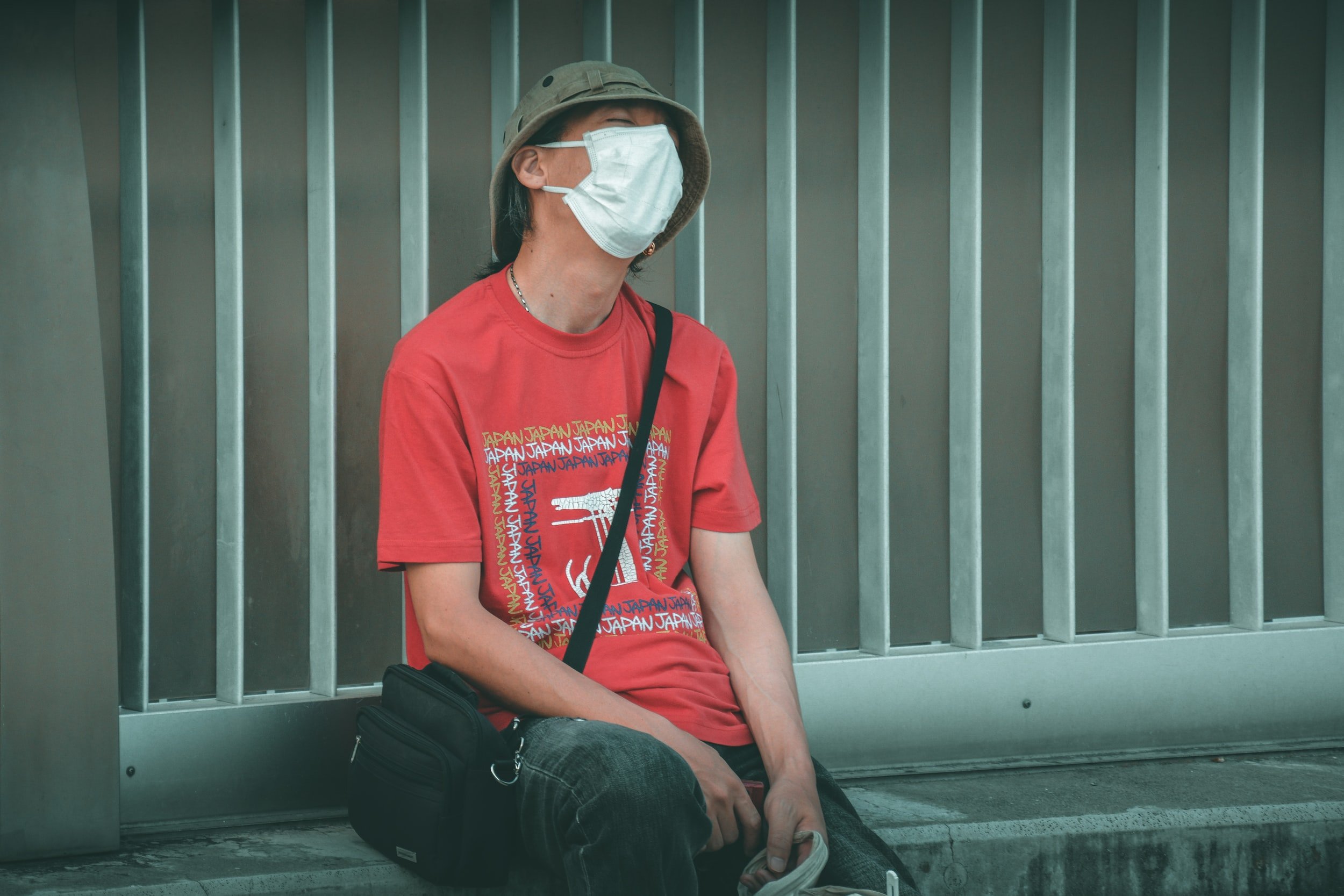Ethics & Research with Vulnerable Participants
By Janet Salmons, PhD Manager, Sage Research Methods Community
When we offered the Research Ethics in Practice webinar, we were flooded with questions that we did not have time to answer. I collated three pages of thoughtful queries! I’ve answered a couple of questions about choosing platforms that allow you to protect data, and panelist Natalia Reinoso Chavez, from the Universidad de la Sabana in Bogotá, Colombia wrote her responses to some of the critical issues. In this post, Cheryl Poth clarifies some points about research with vulnerable participants. If you purchase books about research ethics directly from Sage, Use the code COMMUNIT24 for a 25% discount when you order books from Sage, good until December 31, 2024.
Ethical Research with Vulnerable Participants
Among the long list of questions from the webinar participants emerged a theme about vulnerable participants. Many of the questions focused on ideas such as: How can we be sure participants understand what is being asked of them? What are some ethical considerations that are important to keep in mind when looking to explore the experiences of vulnerable groups?I have to be honest that there are no definitive answers but I hope I can provide some guidance so that you can be situationally responsive to whatever circumstances you face. Naturally work with vulnerable populations intensifies some ethical issues when planning research designs. Interestingly many of the same questions were raised in my advanced doctoral research class last week and I really appreciated when one of the students remarked, “stating our population is vulnerable does not absolve a researcher of their ethical responsibility.’ So perhaps a good place for discussion is whether your research participants should be considered vulnerable and how this might impact your research design.
Let’s start with considering a definition of vulnerability – there is no absolute but I believe we will all agree that the United Nations Development Program can provide us with a starting place:
Vulnerable and key populations include populations that live in poverty without access to safe housing, water, sanitation and nutrition and those who are stigmatized, discriminated against, marginalized by society and even criminalized in law, policy and practice. These populations may struggle to fulfil their human rights, including their rights to access health and social services. They live in environments of inequality where they are unable to thrive, feel safe and actively participate in all aspects of society. Communicable diseases such as HIV, TB and malaria, and non-communicable diseases such as cancers and chronic respiratory illnesses, disproportionately affect vulnerable and key populations.
In the Research Ethics book, I agonized over this definition and I landed on the following:
There are many ways persons involved in research can be vulnerable: Populations and individuals are seen as vulnerable through clinical assessments or common sense; for example, those that have experienced trauma, those with addictions, disabilities or illnesses, and refugees, all are vulnerable in one way or another. Vulnerability may be based on age, mental, developmental and intellectual disabilities, institutionalization, language barriers, socioeconomic deprivation, or other factors.
It was really important to me that readers and researchers would identify the ways in which their study participants might be vulnerable and thus plan special protections in accordance to those vulnerabilities. For example, in my work, children are often involved and it is the case for me that parental permission is required in the places where I conduct my research for participants under the age of 16. It is important to note that there may be cases where the justification can be made for this to be waived. Now let’s look at a few key places where the vulnerability of your participants influences your research design.
Useful questions for researchers to ask themselves during the design of their research study:
Does the assessment of vulnerability raise concerns about the capacity of my potential participants to give consent?
Do my research plans put in place adequate special protections for vulnerable participants?
How am I planning to seek and document voluntary and informed consent in ways that are appropriate for the research and participants?
How am I planning to collect data and are the methods appropriate for both the topic and the participants?
One of the ideas raised in my class last week had to do with power dynamics and whether the researcher is conducting research with or on the vulnerable population. Research on vulnerable populations refers to research designs and approaches miss opportunities to involve vulnerable populations in the research process. So, I would encourage you to reflect upon why you are doing this research and how your participants might be more involved in the research – I believe this is one way to safeguard that the benefits for participants outweigh the inherent risks.
I want to close this post considering a final question: How can we ensure the safety and welfare of researchers themselves? Some might wonder why I have included this question within a broad discussion of vulnerable populations – in some cases, for many reasons, researchers might be vulnerable. I have heard of cases where researchers have been asked to visit a location that is not considered safe in their community or navigate situations where they have been asked to change their findings in commissioned research studies. It can also be the case that researchers are tasked with researching sensitive topics that might raise emotional responses in the researchers themselves. How do we care for others as well as ourselves? We need to put in place some safeguards for ourselves, give ourselves time and space to process our experiences, and be gentle on ourselves!
I wanted to share a favorite resource of mine – 100 Questions (and Answers) about Research Ethics by Emily E. Anderson and Amy Corneli (2018; SAGE). In particular, I want to point out Part 4 (pages 49-66) that is focused on protecting vulnerable populations.































For Pride Month 2023, learn respectful ways to study LGBTQ+ people and related issues.